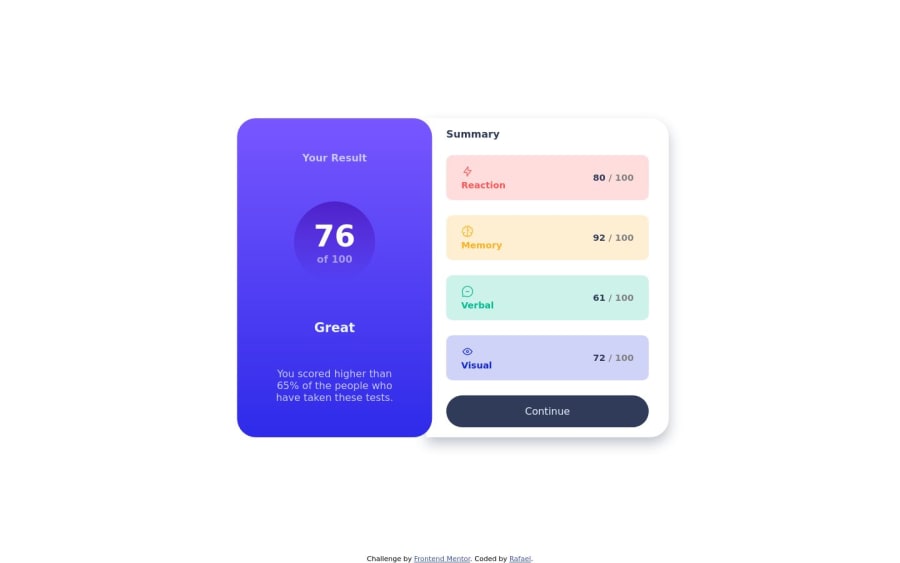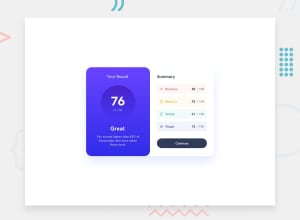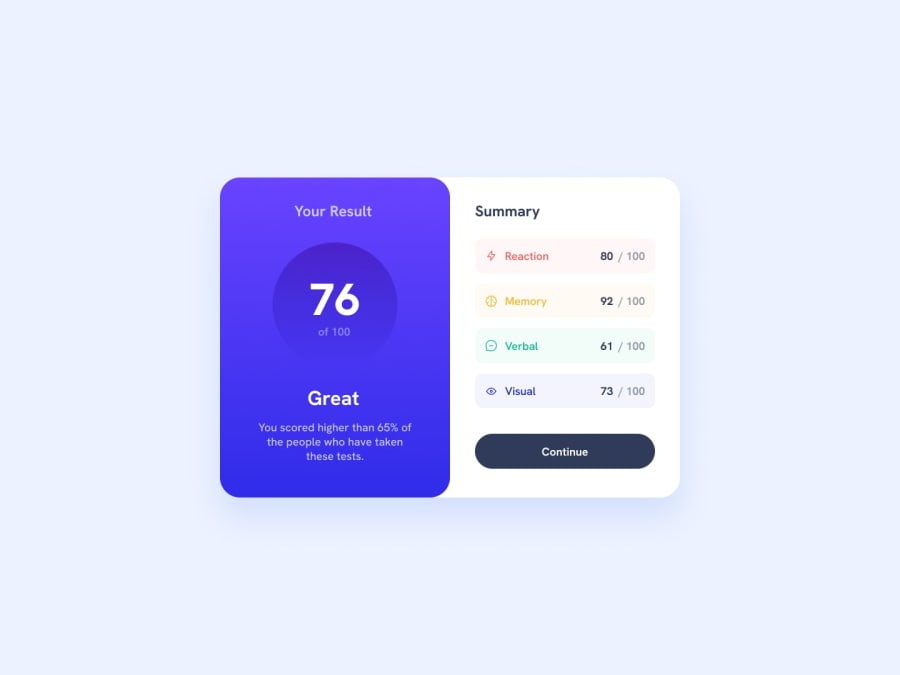
Design comparison
SolutionDesign
Solution retrospective
I don't know how to use media query, i'm not sure how to resize the layout on differents screen sizes.
Is there any difference between id and class in CSS? I don't know who's the best to use.
Community feedback
Please log in to post a comment
Log in with GitHubJoin our Discord community
Join thousands of Frontend Mentor community members taking the challenges, sharing resources, helping each other, and chatting about all things front-end!
Join our Discord
